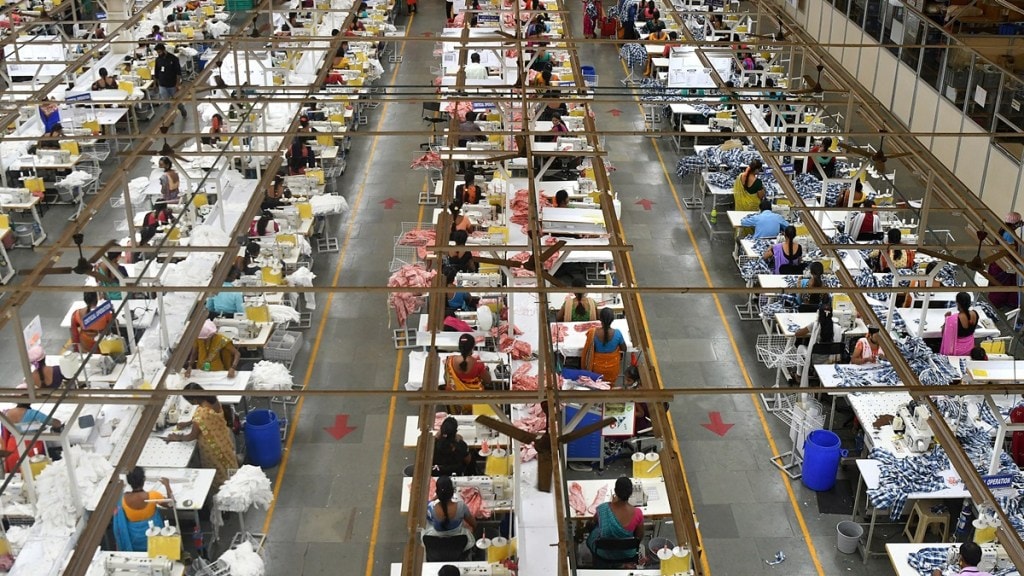India’s manufacturing Purchasing Managers’ Index (PMI), compiled by S&P Global, rose to 56.0 in November from 55.5 in the previous month mainly on account of strong demand conditions and retreating inflationary pressures.
However, with the November print, the manufacturing PMI has averaged 55.8 in the first two months of Q3FY24, which is much lower than 57.9 in Q2FY24 and Q1FY24.
The high-frequency data comes close on the heels of the National Statistical Office (NSO) on Thursday revealing that gross value added (GVA) in manufacturing rising 13.9% in the September quarter, though on a weak base (-3.8%).
The third quarter of any fiscal generally provides a boost to manufacturing activity in the country in the backdrop of festive season.
The October PMI print at 55.5, however, was the lowest in eight months, which was in contrast with the core-sector production data that showed the output of eight core industries had grown 12.1% year-on-year during October. The core sector’s double-digit growth rate recorded in October was the second highest in 16 months, although it was aided by a weak base.
The manufacturing PMI measures the change in the manufacturing activity in the country. A reading above 50 denotes an expansion in activity as compared to the previous month, while a reading below signals contraction.
The PMI index is compiled after receiving data from a panel of around 400 manufacturing firms. The panel is organised by detailed sector and company workforce size, based on contributions to GDP.
“India’s manufacturing industry maintained its robust performance in November, with output regaining growth momentum. Firms’ ability to secure new business, both domestically and from abroad, remained central to the success of the sector,” said Pollyanna De Lima, economics associate director at S&P Global Market Intelligence.
A key feature of the latest results was a substantial easing of price pressures, noted S&P Global. “Although average purchasing costs rose again, the rate of inflation eased to the lowest in the current 40-month sequence of increases and was negligible by historical standards.”
On the external front, the trend for new export business showed signs of resilience, despite weakening in November. New export orders rose for the twentieth month in a row and solidly, albeit at the slowest rate since June, said S&P Global. Companies reported higher intakes of new business from Africa, Asia, Europe and the US.
Moreover, owing to buoyant demand conditions, firms’ purchasing activity and stocks of inputs rose during November. Finished goods inventories fell, however, as manufacturers found themselves digging into warehouses to fulfil sales requirements, said the global ratings’ agency.
The outlook for India’s manufacturing sector remained favourable in November, with firms seeing opportunities primarily in the form of demand strength, said S&P Global.


